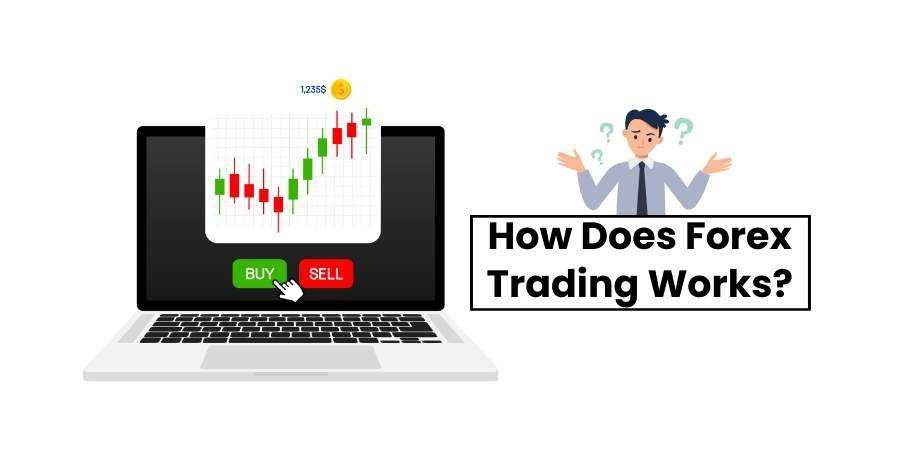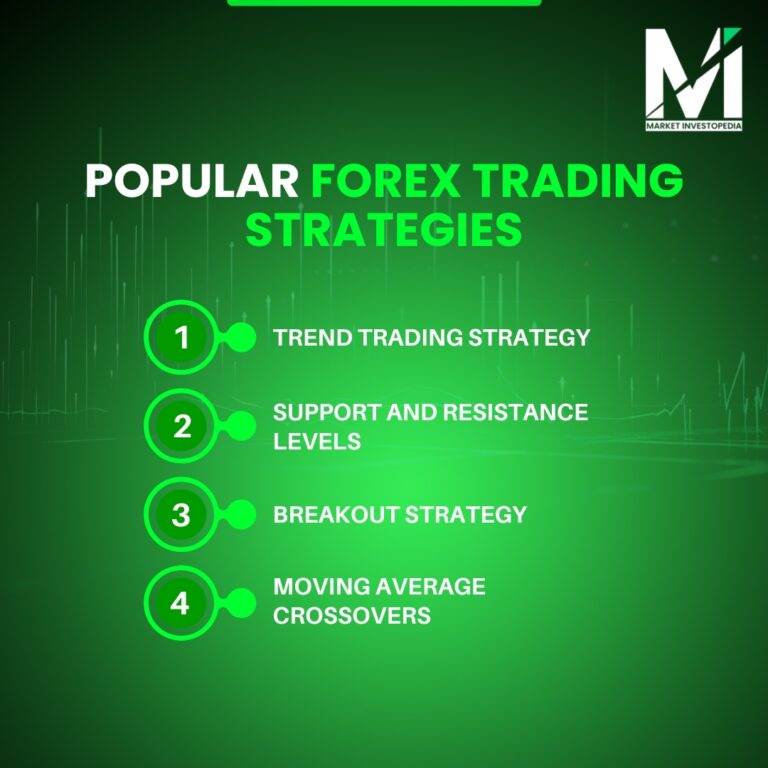How Does Forex Trading Works? Things you should know
Foreign exchange trading, or forex trading, is the exchange of currencies of different countries. It is the biggest and most liquid financial market, and the daily trading volume is more than 7 trillion dollars. The Forex dynamics make it unique, with rapid price changes and global participation. The Forex market is open 24 hours a day, five days a week, unlike the stock markets, which are only open during working days.
Does forex expire? No, forex trades themselves don’t have an expiry like options or futures; however, traders can close them anytime, or they may be automatically closed depending on broker rules and margin levels.
Forex trading is simply the exchange of one currency with another, e.g. purchasing the US dollar and selling the euro. Such transactions occur in pairs, called currency pairs, such as EUR/USD or GBP/JPY. Every trader is interested in making profits out of the fluctuation in the exchange rate between the two currencies. You might also hear the term “forec” being used informally for forex.

Newcomers are likely to hear such terms as pips, leverage, and spreads. The smallest price change in a currency pair is called a pip, and leverage enables traders to manage large positions using a small amount of capital, but also exposes them to greater risk. The difference between the buying and selling price is called the spread and is the cost of trading.
Forex trading is attractive to beginners due to its high liquidity, flexibility and the wide range of opportunities. It, however, needs knowledge of market trends, economic signals and risk management.
Forex trading may be a thrilling experience, whether you seek to learn more about currency markets, trading strategies, or practice your skills in a demo account.
You’ll often come across apps and platforms like Forex Mart offering simple access for newcomers and seasoned traders alike.
A quick glance
Register in a trading platform → deposit money → select a currency pair → make an analysis → start the trade → review the trade and exit.
You earn money when you purchase a currency at a low price and sell it at a higher price (or vice versa), depending on the direction of the market and the direction of your trade.
You can trade small positions with leverage using $100. There is a chance of profits, but the risks are high, so it is important to manage risks carefully to save your money.
The 90 per cent rule implies that approximately 90 per cent of new Forex traders lose their money because of inexperience, inadequate risk management, or emotional trading. Your chances can be enhanced through learning and practice.
How Forex Trading Works: A Step-by-Step Guide
Trading Forex is not a difficult task when it is simplified into small steps. This is how Forex trading is done by a novice:
Step 1: Choose a Forex Trading Platform
Begin by choosing a regulated and easy-to-use Forex trading platform with demo accounts, real-time charts and easy execution. Some platforms even show a picture of currency exchange or live rates to help visualize movement.
Step 2: Open and Fund Your Account
Register and make deposits through safe channels. There are platforms where you can begin Forex trading with only 100 dollars.
Step 3: Select a Currency Pair
Choose a currency pair to trade, such as EUR/USD or GBP/JPY. This is where you will guess the direction of the price of two currencies.
Step 4: Market Analysis
Predict using charts and indicators. You may use technical and fundamental analysis according to your strategy.
Step 5: Placing Your Trade
Decide to sell or buy. As an example, when you believe that the euro will appreciate against the dollar, you buy EUR/USD. Many new traders practice “time trade” entries — opening trades at specific hours like the London or New York open.
Step 6: Trade Management and Closure
Place your stop-loss and take-profit orders and watch the trade. When your target is reached or circumstances alter, close it.
Popular Forex Trading Strategies for Beginners
After learning how to trade Forex, the next thing to learn is Forex trading strategies. A good plan provides order to your trades and makes you consistent. These are some of the entry-level strategies to start with:

1. Trend Trading Strategy
This is a strategy that entails trading with the market trend. When the price is going up, you seek to buy. When it is declining, you look to sell. This is simple and has clear signals that beginners like.
2. Support and Resistance Levels
The traders observe the price levels at which the market has been reversing. These are referred to as support (floor) and resistance (ceiling) zones. Purchasing at support and selling at resistance may enhance the timing of entry.
3. Breakout Strategy
A breakout is seen when the price breaks above or below a major support or resistance. This is a strategy that aims at capturing powerful moves at the beginning of the day, particularly in high-volatility trading periods such as London or New York.
4. Moving Average Crossovers
This is done by applying two moving averages, one short-term and one long-term. A buy signal is when the short-term crosses above the long-term. A sell is represented by a cross below.
All the strategies can be tested on a demo account and then implemented. As a novice, the best way to build confidence in trading Forex is to learn one simple technique at a time.
Choosing the Right Forex Trading Platform
Choosing the right platform is one of the most crucial choices when entering Forex trading. A quality Forex trading platform will simplify the process of analysing markets, executing trades, and managing risk, particularly when you are new to the process.
This is what novices ought to seek:
Easy-to-use interface and clear charts, and tools
High speed of real-time trade placement, Fast speed of trade placement
Transparent pricing and low spreads
Educational materials to assist you in learning while trading
Controlled and stable atmosphere of safe trading
Also, understanding how to define foreign exchange management is key for long-term success. It involves overseeing currency risk, planning international payments, and choosing the right hedging tools.
In case you want to start your trading experience with a reliable platform, Beirman Capital will provide you with all the necessary tools as a novice trader, including simple onboarding and customer support, as well as advanced market analysis tools. Beirman Capital makes trading majors such as EUR/USD or trying out new strategies easy and dependable.
